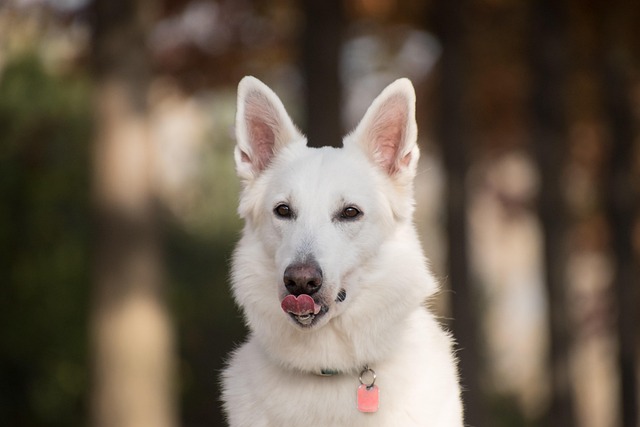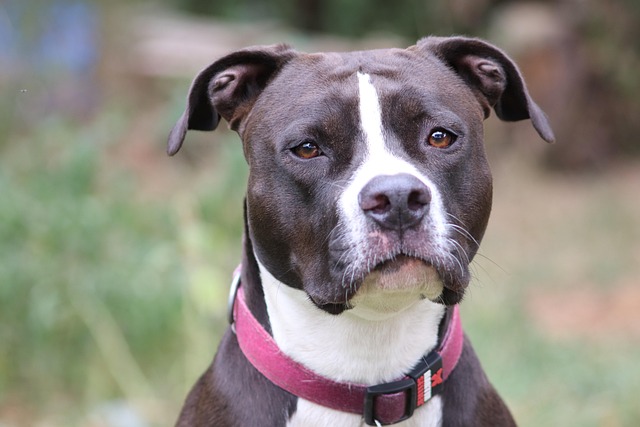I sat on my porch in Miami last July, spooning vanilla ice cream, when my golden retriever, Max, plopped down beside me, tail thumping, eyes locked on my bowl. “Just a little lick?” I thought, then paused—was that actually safe? If you’ve ever wondered whether to share your ice cream with your begging pup, the answer depends on their digestion, the type of ice cream, and how much you’re offering. Let’s break down when it’s okay, when to say no, and how to keep treats fun and safe.
Most dogs are lactose intolerant, which means their bodies don’t produce enough lactase, the enzyme that breaks down milk sugars. Kittens and puppies produce lactase to digest their mother’s milk, but production drops off as they mature—by adulthood, 65-75% of dogs struggle with dairy. A vet in Orlando explained it like this: Giving ice cream to a lactose-intolerant dog is like giving a human with lactose issues a milkshake—you’re asking for an upset stomach, diarrhea, or bloating. Even dogs who seem fine might hide discomfort; my neighbor’s beagle, Charlie, once got a few licks of chocolate ice cream (never do this—chocolate is toxic!) and spent the night vomiting, though he’d acted fine afterward. Beyond lactose, most ice cream is loaded with sugar, which can lead to obesity, tooth decay, or even pancreatitis (a painful inflammation) in sensitive dogs.

That said, small amounts of lactose-free ice cream (no added sugars) are usually safe for most dogs. Start with a teaspoon—watch for 24 hours for loose stools or gas. If they handle it, you can offer a tablespoon as an occasional treat. Better yet, try dog-friendly alternatives: frozen plain yogurt (lower lactose than ice cream), frozen banana slices, or blueberries mixed with coconut milk (frozen in a silicone mold makes “puppy pops”). Max goes crazy for frozen peanut butter yogurt bites—no lactose, just protein and joy. Avoid anything with xylitol (a sugar substitute toxic to dogs), chocolate, or artificial sweeteners—always check labels, even on “natural” brands.
In apartments, stick to mess-free frozen treats to avoid stains on carpets or couches—frozen banana chunks are less drippy than ice cream. When walking, save treats for training moments (like sitting politely for neighbors) to reinforce good behavior—positive reinforcement works better than scolding, and a tiny frozen yogurt bite makes learning fun. Always carry poop bags (Miami fines $175+ for forgetting) and keep their rabies vaccine current; vet visits are a good time to ask about your dog’s specific dietary needs, especially if they have allergies.
Max still begs for ice cream, but now I offer him a frozen banana instead—he wags just as hard, and I skip the worry. The key is moderation, reading labels, and watching your dog’s reaction. A treat should make them happy, not uncomfortable—and with the right choices, ice cream (or its alternatives) can be part of that joy.






